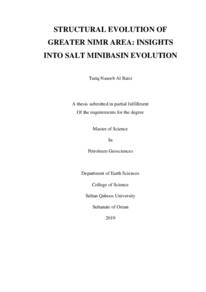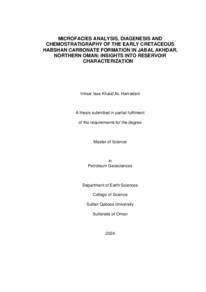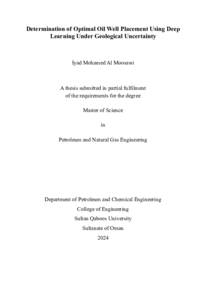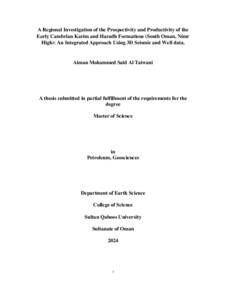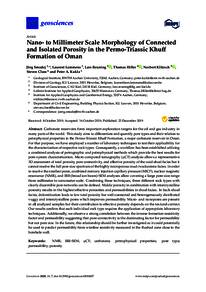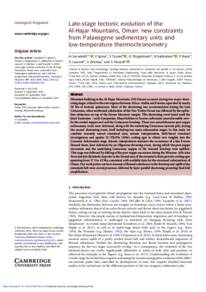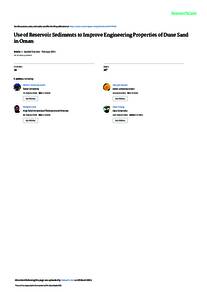وثيقة
Structural of Greater Nimir area : insights into salt mini basin evolution.
الناشر
Sultan Qaboos University.
ميلادي
2019
اللغة
الأنجليزية
الملخص الإنجليزي
The South Oman Salt Basin is a major hydrocarbon producing basin that accounts for
more than 60% of Petroleum Development of Oman (PDO) production. The seismic
imaging has always been challenging in this area and therefore, many aspects of its
structural evolution are not yet resolved. This study will utilize new well penetrations
and newly acquired seismic data in the Greater Nimr area in the northern part of the
South Oman Salt Basin to develop a structural model of the area, especially for the
minibasins formed by halokinesis. Structural seismic interpretation, and calibration
with well data summarizes the tectonic evolution of the South Oman Salt Basin to a
major sequences, each have their own structural styles; 1) Pre-tectonic sequence which
comprises the stratigraphic interval deposited before the precipitation of salt and these
are the sedimentary packages of Nafun and Abu Mahara groups which have similarities
in their structures 2) Syn-tectonic sequence, which comprises the units deposited
during the precipitation of salt and the transformation of the area into a salt withdrawal
basin which includes the units of Ara Salt, Nimr Group, and Haima Supergroup. These
groups have the most influence of salt tectonics. 3) Post-tectonic sequence, which
includes the units that blanketed the syn-tectonic units and show indirect salt
Halokinesis features such as the salt dissolution synclines. These include the younger
siliciclastic and carbonates of Haushi, Kahmah, Wasia groups and the more recent
sedimentary groups which over-filled the depression of SOSB (formed during the syntectonic compressional phase) beyond its eastern and western margin. Four major
unconformities played a significant role in the structural styles of the study area,
Angudan unconformity forms a "break" in the minibasin development complicating
the shapes and the stratigraphic relations between Haima Supergroup and Nimr Groups
in the minibasins. In addition, due to its compressional nature, it may have facilitated
the development of minibasins by active diaperism. The Hercynian unconformity
which caused a non-deposition during the Devonian and the Carboniferous with the
exception of Misfar Group which was deposited within this period in the north eastern
extent of the study area possibly on localized salt withdrawal features. The multistaged Mesozoic unconformity depicts a major role in the syncline formation in the
eastern flank of the study area. And last is the Base Tertiary unconformity, which
formed another set of synclines around fault trends that modified the pre-existing
synclines. The minibasins domain have experienced three stages of salt withdrawal
minibasins, first one being the thickest with Haradh Formation depositing up to 6 km
of sediments close to the Western Deformation Front, second stage is the Haima
Supergroup depositing on top of salt walls being thickest at places where no Nimr
Group is present. The third stage is by the deposition of the Misfar Formation, which
is confined to depressions within the eastern margin of the South Oman Salt Basin, and
Al Khlata Formation which not only it re-activated the minibasin development on top
of Misfar Group, it also blanketed the full South Oman Salt Basins with deeper wide
minibasins development on top of salt highs.
المجموعة
URL المصدر
قالب العنصر
الرسائل والأطروحات الجامعية

